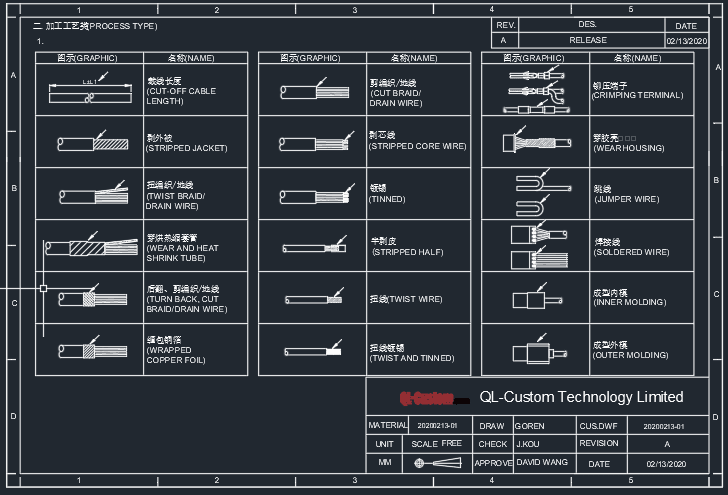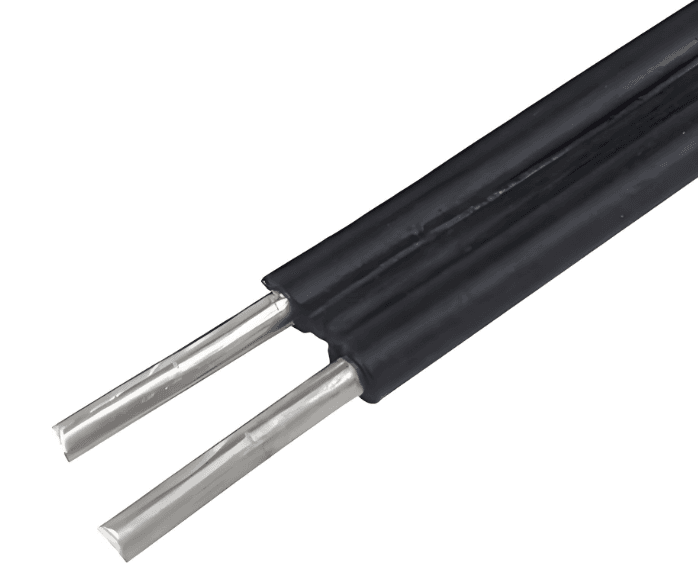The Wire Cable Harness Drawing Standards

Importance of the Wire and Cable Harness Drawing In the realm of modern engineering and design, wire cable harness drawings hold paramount importance. These drawings serve as blueprints that detail the intricate layouts of wiring systems, ensuring that each component is correctly connected and functioning as intended. Without precise drawings, the likelihood of errors increases, which can lead to system failures, costly repairs, and even hazardous situations. For engineers and designers, mastering wire cable harness drawing standards is not just an option but a necessity to ensure the reliability and safety of their projects. Wire cable harness drawings are essential for several reasons. Firstly, they provide a visual representation of the electrical connections and layout, making it easier for engineers to understand and communicate the design to others involved in the project. This includes manufacturers, technicians, and quality control personnel. A well-drafted harness drawing eliminates ambiguities, reducing the risk of misinterpretation and ensuring that everyone is on the same page. [caption id="attachment_8110" align="alignnone" width="541"] Wire Cable Harness[/caption] Secondly, these drawings play a critical role in the manufacturing process. They guide the assembly of the wire harness, specifying the lengths of wires, the types of connectors, and the routing paths. This level of detail is crucial for ensuring that the harness fits correctly within the physical constraints of the application, whether it's in an automotive, aerospace, or industrial setting. Accurate drawings help streamline the production process, minimize errors, and enhance the overall quality of the final product. Mastering Wire Cable Harness Drawing Standards: A Comprehensive Guide for Engineers and Designers [caption id="attachment_8109" align="alignnone" width="777"] Wire Cable Harness[/caption] To master wire cable harness drawing standards, engineers and designers must familiarize themselves with industry norms and best practices. These standards are established by organizations such as the International Electrotechnical Commission (IEC), the Institute...
Continua a leggere "Teflon PTFE PFA flat ribbon zip wire and cable

The Power of Teflon: A Deep Dive into PTFE and PFA Ribbon Zip Wires and Cables In the realm of modern electrical engineering, Teflon has emerged as a transformative material, fundamentally altering our understanding and usage of wire and cables. Polytetrafluoroethylene (PTFE) and Perfluoroalkoxy (PFA), the scientific names for these advanced polymers, have set new benchmarks in terms of performance and reliability. With their extraordinary heat resistance, chemical stability, and electrical insulation properties, PTFE and PFA ribbon zip wire and cables are indispensable in high-performance environments. As the demand for superior electrical components continues to surge, delving into the complexities of Teflon-based cables unveils how these materials are more than just conduits; they are crucial to ensuring safety, efficiency, and longevity in a myriad of applications ranging from consumer electronics to critical industrial systems. [caption id="attachment_8092" align="alignnone" width="441"] wire and cable[/caption] Understanding the profound impact of PTFE and PFA on the electrical industry requires a comprehensive exploration of their unique properties, the production processes involved, the reasons behind their distinct features, and their extensive range of applications. This in-depth analysis will illuminate how these materials have revolutionized electrical wiring and cabling, providing the backbone for technological advancements across numerous sectors. The Unique Properties of PTFE and PFA PTFE and PFA possess a set of remarkable properties that make them stand out in the world of polymers. One of the most notable characteristics of PTFE is its exceptional thermal resistance. Capable of withstanding temperatures up to 260°C (500°F), PTFE does not degrade or lose its mechanical properties under extreme heat. This makes it an ideal material for applications where high temperatures are a constant concern. Similarly, PFA shares this thermal resilience but offers slightly better mechanical strength and flexibility, making it suitable for dynamic environments where cables need to endure both...
Continua a leggere "